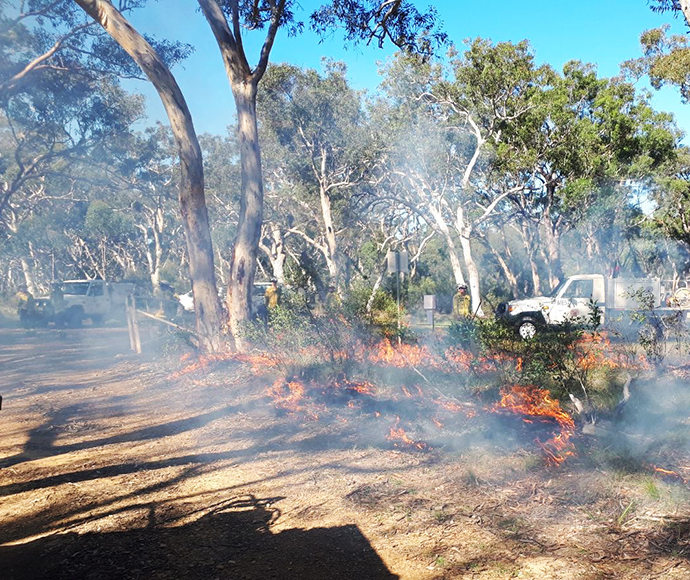National Parks and Wildlife Service (NPWS) and the NSW Rural Fire Service (RFS) has commenced a hazard reduction burn in the Southern Highlands area starting Friday 24 and running until Sunday 26 April.

The 800 hectares burn in Upper Nepean State Conservation Area is to reduce the risk of wildfire to local communities of Glenquarry and East Kangaloon, and to protect important wildlife habitat.
NPWS hazard reduction program for 2020 will be focussed on undertaking essential burns in areas close to neighbours and important assets and to protect significant areas of habitat to ensure ongoing recovery of the State's wildlife that was impacted by the summer bushfires.
Undertaking hazard reduction burns when conditions are right to ensure they are safe and effective is an important part of managing the potential risk of bushfire to communities and the environment before next summer.
NPWS is also continuing its important bushfire recovery work across the State.
All burns across New South Wales will continue to be coordinated with the RFS to ensure the impact on the community, including from smoke, are assessed at a regional level.
Details on specific burns will be made available in advance on the Rural Fire Service website, 'Fires Near Me' app, and on NPWS Alerts website.
All hazard reduction burns over 50 hectares will be assessed by the NSW Rural Fire Service in conjunction with NSW Health as required to ensure smoke impacts are minimised.
For health information relating to smoke from bush fires and hazard reduction burning, visit NSW Health or the Asthma Foundation.
For up to date information on these, and other, planned hazard reduction activities, visit the Rural Fire Service.






